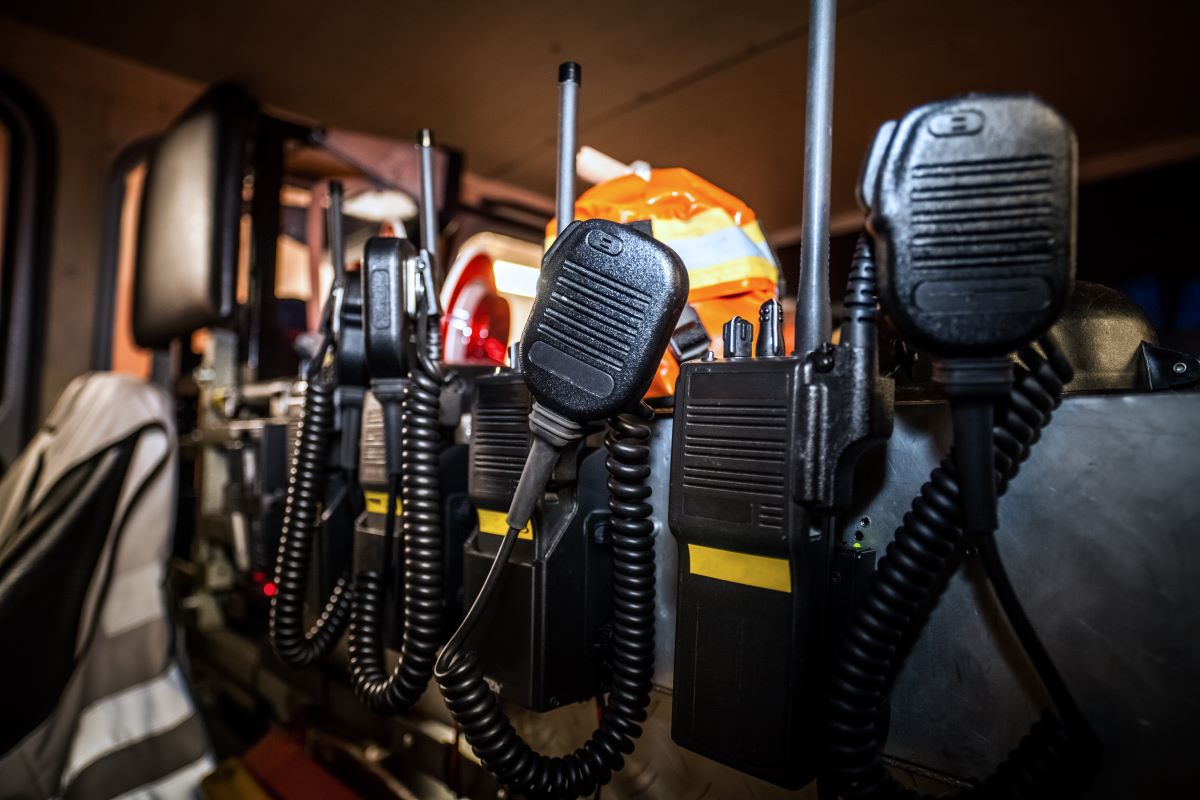
In the intricate landscape of emergency communication, the effectiveness of Emergency Responder Communication Enhancement Systems (ERCES) and Bi-Directional Amplification (BDA) systems hinges on meticulous Radio Frequency (RF) planning. RF planning is not merely a technical exercise; it is the strategic navigation of waves that ensures seamless communication for first responders. This blog post dives into the critical aspects of RF planning for ERCES/BDA systems, shedding light on its significance in creating a robust communication framework.
- Understanding the RF Environment: Mapping the Terrain
The journey of RF planning begins with a comprehensive understanding of the RF environment within and around a building. Mapping the RF terrain involves identifying potential sources of interference, understanding signal propagation characteristics, and evaluating the impact of building materials on signal penetration.
Key Components of Understanding the RF Environment:
- Identification of External Interference: Recognizing potential sources of interference, such as nearby radio towers or electronic devices, that could impact system performance.
- Signal Propagation Analysis: Assessing how radio signals propagate within the building, considering factors like reflection, diffraction, and absorption.
- Building Material Analysis: Evaluating the impact of building materials on signal penetration and identifying potential signal obstructions.
- Site Survey and Signal Strength Measurements: Charting the Course
A site survey is a pivotal phase in RF planning, involving on-site assessments to measure signal strength and identify critical areas that require enhanced coverage. Signal strength measurements guide the placement of antennas and the configuration of amplifiers to ensure optimal communication coverage.
Steps in Site Survey and Signal Strength Measurements:
- Identification of Critical Areas: Prioritizing areas such as stairwells, elevators, and emergency exits for enhanced signal coverage.
- Placement of Donor Antennas: Determining strategic locations for donor antennas to capture external signals effectively.
- Signal Strength Mapping: Creating a map that visualizes signal strength across different areas within the building.
- Antenna Placement and Coverage Design: Directing the Waves
The placement of antennas plays a pivotal role in effectively directing and distributing radio waves. RF planning involves designing coverage patterns that align with the specific needs of emergency responders, ensuring that critical areas receive the required signal strength.
Considerations in Antenna Placement and Coverage Design:
- Optimal Antenna Placement: Ensuring that donor antennas are strategically placed to capture external signals and distribute amplified signals within the building.
- Directionality and Beamwidth: Choosing antenna types and adjusting their directionality to achieve the desired coverage patterns.
- Overlap and Redundancy: Design coverage patterns with overlap and redundancy to guarantee seamless communication in case system components fail.
- Frequency Planning and Interference Mitigation: Harmonizing the Spectrum
Effective RF planning involves frequency planning to harmonize the use of radio frequencies within a building. Mitigating interference and ensuring that the chosen frequencies align with regulatory standards are crucial steps in creating a stable and interference-free communication environment.
Aspects of Frequency Planning and Interference Mitigation:
- Frequency Coordination: Coordinating the use of frequencies to avoid interference and conflicts with other communication systems.
- Compliance with Regulatory Standards: Ensuring that the chosen frequencies comply with regulatory standards such as NFPA 1221 and IFC Section 510.
- Interference Analysis: Identifying and mitigating potential sources of interference to maintain the integrity of the communication system.
- Simulation and Predictive Modeling: Forecasting Performance
To augment the precision of RF planning, simulation and predictive modeling tools come into play. These tools simulate radio signal propagation within the building, allowing planners to predict system performance, identify potential challenges, and optimize configurations before implementation. Koorsen relies on the industry standard use of iBwave software and certified design professionals for this RF modeling and design.
Benefits of Simulation and Predictive Modeling:
- Performance Forecasting: Predicting how radio signals will propagate within the building under different conditions and scenarios.
- Challenges Identification: Identifying potential challenges, such as signal degradation in specific areas, before the system is installed.
- Optimization Opportunities: Fine-tuning configurations based on simulation results to optimize system performance.
- Regulatory Compliance and Documentation: Navigating Standards
RF planning for ERCES/BDA systems is not only a technical necessity but also a regulatory imperative. Compliance with standards such as NFPA 1221 and IFC Section 510 is essential. The RF planning process documentation serves as evidence of adherence to these standards. Koorsen Fire and Security uses only UL 2nd Edition listed BDA systems. UL requires many technical additions above and beyond the codes stated above, which help mitigate noise and oscillation.
Regulatory Compliance Documentation Components:
- Frequency Plans: Documenting the chosen frequencies and their coordination to demonstrate compliance.
- Site Survey Reports: Providing detailed reports of site surveys, signal strength measurements, and critical area assessments.
- Simulation Results: This includes simulation results and predictive modeling to showcase the expected system performance.
Charting a Course for Resilient Communication
In the realm of ERCES/BDA systems, RF planning stands as the compass guiding the course for resilient communication. The meticulous navigation of the RF landscape ensures that emergency responders are equipped with a communication framework that not only meets regulatory standards but also excels in performance and reliability. As we chart the waves of RF planning, the commitment to creating safer and more connected environments remains unwavering. If you are looking for help with ERCES/BDA systems, contact the experts at Koorsen Fire & Security today!


